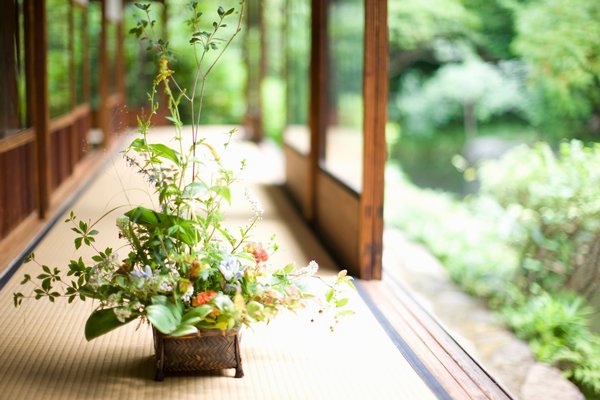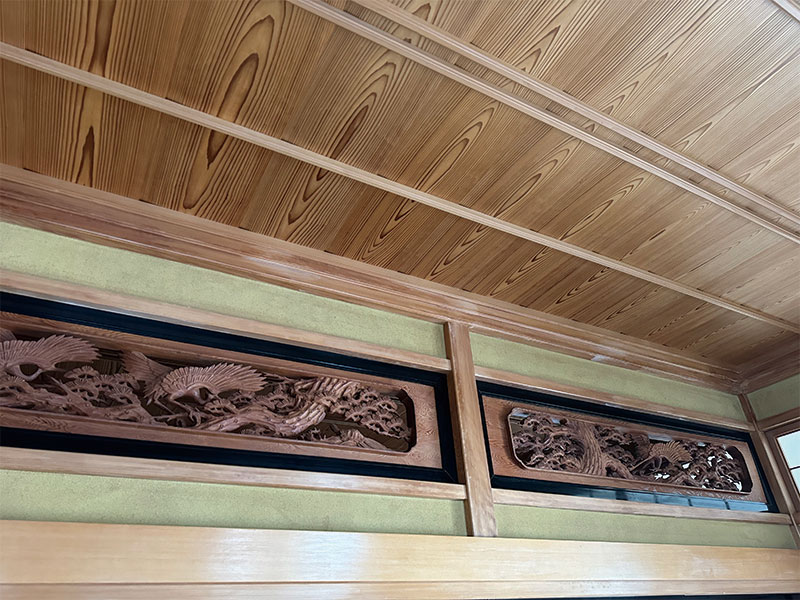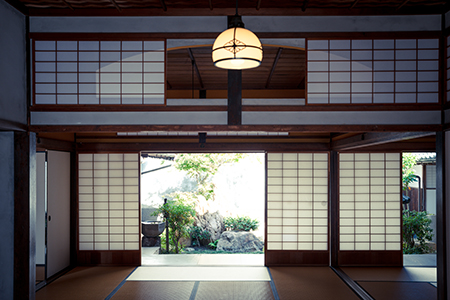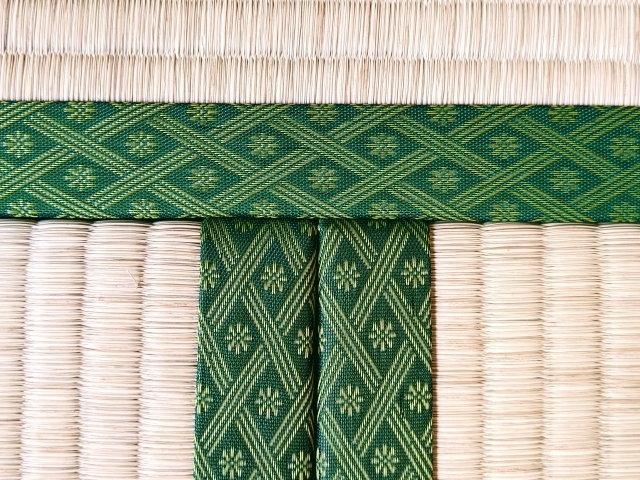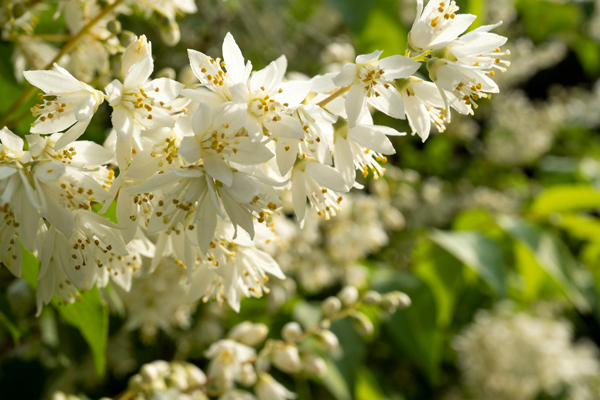A house with a veranda is one of the spaces that symbolizes traditional Japanese architecture. The veranda serves as a connection between the garden and the interior, making it a special place to enjoy the changing scenery throughout the seasons.
In spring, cherry blossoms dance; in summer, the sound of wind chimes brings a cool breeze; in autumn, the leaves change color; and in winter, a snowy landscape unfolds—just sitting on the veranda allows one to feel the unique transition of the seasons in Japan. Moreover, combining it with a Japanese garden can further enhance the charm of the living space. This article will provide a detailed explanation of the characteristics of verandas, types of Japanese gardens, and key points for creating a garden that can be enjoyed throughout the seasons.
1. What is a House with a Veranda? Features and Benefits of Japanese Architecture
The role of the veranda
The veranda is a space that connects the interior and the garden, creating an "ambiguous boundary between inside and outside," which is unique to Japanese architecture. It offers the charm of an open and nature-integrated space.
• Spaciousness
Designed without walls to separate it, the space allows for a visual sense of expansion as it incorporates the outside scenery.
• Good Ventilation
The structure is well-suited for Japan's hot and humid climate, allowing breezes to flow through in the summer while providing warmth from the sunlight in the winter.
• Extension of Living Space
It can be used for reading, tea time, or enjoying the evening breeze, functioning as a part of the home.
In summer, a gentle breeze flows through.
By creating a Japanese-style garden, you can enjoy the beauty of all four seasons from your home.
Types of Verandas
There are several types of verandas, and it is important to choose the appropriate type based on their intended use.
• Wet Veranda (Nure-en)
A veranda without a roof that creates a strong sense of unity with the garden and provides an open space.
• Wide Veranda (Hiro-en)
A roofed veranda that can be used even on rainy days, making it suitable for everyday living spaces.
2. Types of Japanese Gardens | What are Pond Gardens, Dry Landscapes, and Roji Gardens?
Japanese gardens, when combined with verandas, create a richer living environment. Understanding the types of gardens and choosing a design that suits your purpose is essential.
1. Pond Garden (Chisen-teien)
A representative style of Japanese garden that centers around a pond and recreates natural landscapes.
• Features: Utilizes the flow of water and the pond to enjoy seasonal scenery.
• Suitable Environment: Ideal for larger properties where a dynamic garden can be created.
2. Dry Landscape (Karesansui)
A style of Japanese garden that expresses rivers and waterfalls using sand and stones without the use of water.
• Features: Creates patterns in the sand to visually represent the flow of water.
• Suitable Environment: Can be established even in limited spaces. Recommended for creating a serene environment based on Zen principles.
3. Roji Garden (Roji-niwa)
A garden associated with a tea room, reflecting the worldview of the tea ceremony with a simple design.
• Features: Minimizes unnecessary decorations to create a calm atmosphere using stepping stones and moss.
• Suitable Environment: Ideal for those who prioritize tranquility and wish to incorporate Japanese aesthetics into their garden.
3. Creating a Garden to Feel the Seasons | The Relationship Between the Veranda and the Garden
By combining the veranda with the garden, you can experience the changing seasons more deeply. Here are ways to enjoy each season.
Spring Garden and Veranda | Enjoying Cherry Blossoms and Fresh Greenery
• Enjoy tea while admiring cherry and plum blossoms from the veranda.
• Plant wisteria and azaleas to create a spring-like ambiance.
Summer Garden and Veranda | A Space to Feel the Breeze with Wind Chimes
• Hang wind chimes to feel the coolness along with the sound of the wind.
• Plant bamboo and sedge to create a refreshing atmosphere.
• Use the traditional Japanese technique of "uchi-mizu" (sprinkling water) to lower the temperature.
Cool off with wind chimes
Stay cool with a splash of water
Autumn Garden and Veranda | The Beauty of Changing Leaves and Long Nights
• Enjoy reading or moon viewing on the veranda while admiring the autumn foliage.
• Incorporate autumnal plants such as pampas grass and spider lilies to capture the essence of the season.
Higan flower with beautiful red flowers
Enjoy autumn while admiring the autumn leaves
Winter Garden and Veranda | The Beauty of Snowy Landscapes and Serenity
• Enjoy the beauty of Japanese aesthetics while gazing at the snowy landscape.
• Install lanterns and moss gardens to emphasize the calm atmosphere of winter.
Lantern
The maganificent snow viewing
4. Points to Make a House with a Veranda More Attractive
Design and Material Selection for the Veranda
To create a comfortable veranda, appropriate design and material selection are essential.
• Choosing Wood: Use durable materials such as cypress or zelkova.
• Width Adjustment: Ensure enough space for sitting or lying down comfortably.
• Direction Consideration: Design with sunlight and ventilation in mind, ideally facing east or south.
Lighting and Decorative Enhancements
It is also important to enhance the atmosphere of the veranda.
• Incorporate indirect lighting to create a calm space even at night.
• Install bamboo fences or stone lanterns to emphasize the traditional aesthetic.
Summary
A house with a veranda combines the beauty and functionality of Japanese architecture. By combining it with a Japanese garden, you can create a soothing space to enjoy the scenery throughout the seasons. With proper design and material selection, you can maximize the charm of the veranda and incorporate traditional Japanese beauty into modern living. In the next article, we will explore the role and architectural charm of the "tokonoma," a symbol of Japanese architecture.


